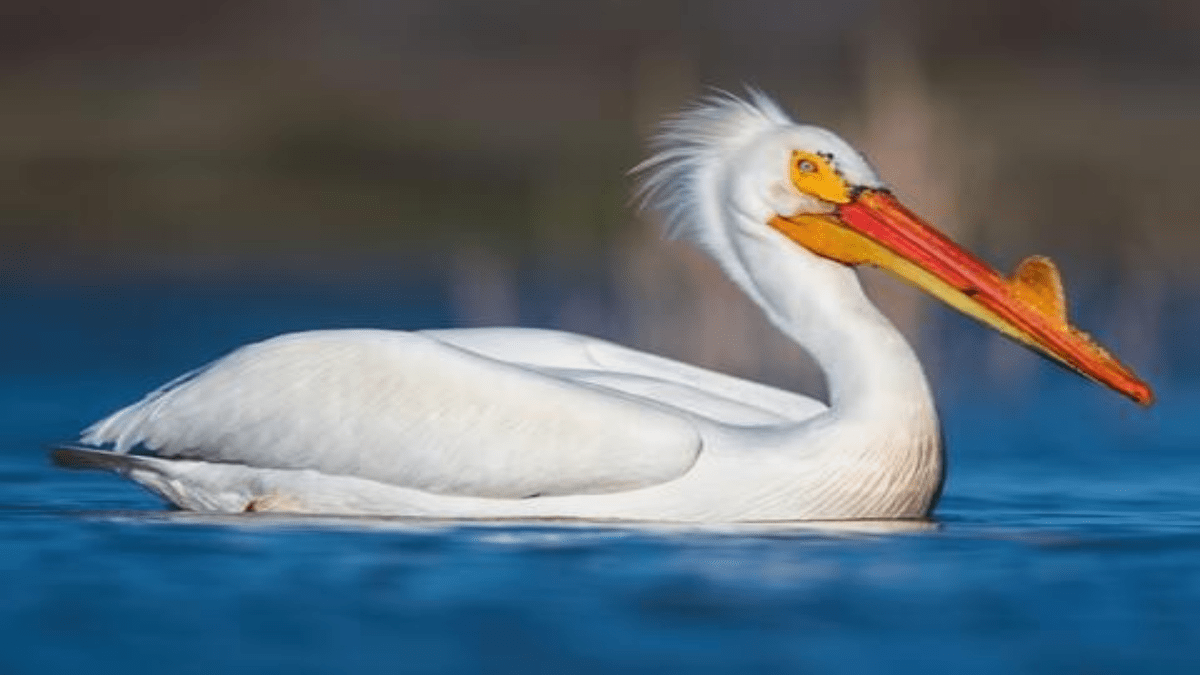Pelicans, with their iconic elongated bills and impressive wingspans, are renowned for their remarkable fishing prowess. These magnificent birds have perfected the art of scooping up fish from the water with remarkable efficiency, all without getting weighed down by excess water or risking sinking beneath the surface. But how exactly do pelicans achieve this seemingly impossible feat? Let’s delve into the fascinating mechanics behind their fishing technique.
- Hydrodynamic Design: The anatomy of a pelican’s bill is a marvel of hydrodynamic design. Its long, slender shape and pouch-like structure are perfectly adapted for scooping up fish from the water. When a pelican dives down towards the surface, it tucks its head and bill back, forming a streamlined shape that minimizes resistance and drag. As it skims across the water, the bill acts like a scoop, opening wide to engulf fish in its pouch.
- Air Sacs and Buoyancy: One of the most intriguing aspects of a pelican’s fishing technique is its ability to maintain buoyancy despite carrying a large load of fish in its bill. Pelicans have air sacs beneath their skin and in their bones that provide buoyancy and help them stay afloat even when carrying heavy loads. These air sacs also serve as a cushion, reducing the impact of the pelican’s bill hitting the water at high speeds.
- Efficient Drainage System: After scooping up fish, a pelican needs to quickly drain excess water from its bill to avoid becoming waterlogged. To achieve this, pelicans have specialized muscles and nerves in their bills that allow them to control the opening and closing of their pouches with precision. By tilting their heads forward and pressing their tongues against the roof of their mouths, pelicans can expel water from their pouches while retaining the fish inside.
- Aerodynamic Flight Skills: Pelicans are not only adept swimmers but also skilled flyers. After catching fish, they must quickly take flight to avoid becoming easy prey for predators lurking beneath the water’s surface. Pelicans utilize powerful wingbeats and aerodynamic maneuvers to lift themselves out of the water and into the air with ease. Their large wingspans and strong muscles allow them to achieve sustained flight even when carrying heavy loads.
- Social Fishing Strategies: In addition to their individual fishing prowess, pelicans often employ social fishing strategies to maximize their success. They may hunt cooperatively in groups, herding schools of fish towards shallow waters where they can be easily scooped up. This cooperative behavior not only increases the efficiency of their fishing efforts but also fosters social bonds within pelican colonies.
In conclusion, the ability of pelicans to efficiently scoop up fish from the water without getting weighed down or sinking is a testament to their remarkable adaptations and skills. From their hydrodynamic bills and buoyant air sacs to their aerodynamic flight maneuvers and social fishing strategies, pelicans have evolved a suite of adaptations that make them formidable predators in aquatic environments. As they gracefully glide across the water’s surface, pelicans remind us of the beauty and complexity of nature’s design.

